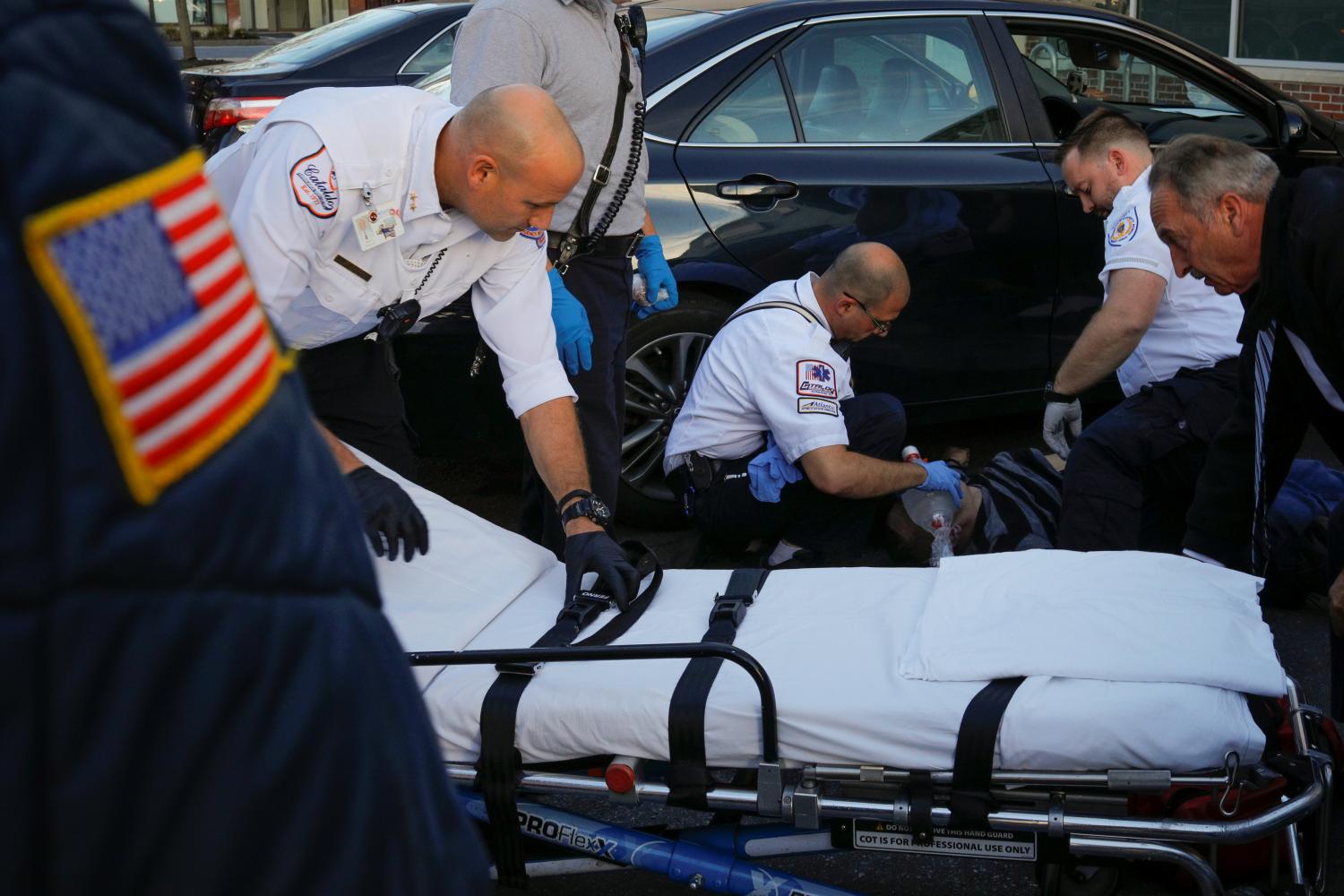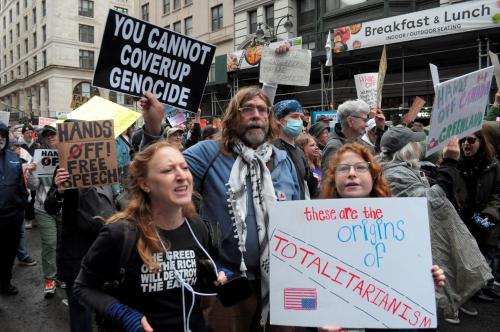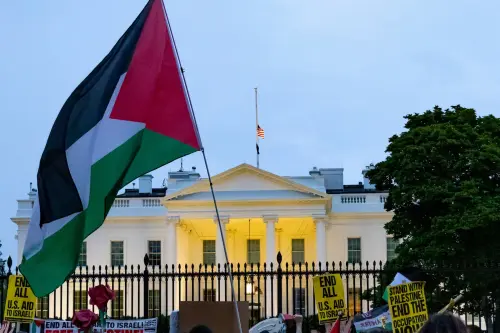As the United States—and the world—reel from the COVID-19 pandemic, the epidemic of opioid addiction continues to ravage the country. It has cost the lives of hundreds of thousands of Americans, devastated families and communities, and exposed critical weaknesses in U.S. drug policy as well as in health and welfare systems for our low-income population.
To provide new insights and best practices for addressing the multiple dimensions of this epidemic—both for policy stakeholders and for members of the public on the front lines—Brookings has brought together some of the United States’ leading experts on drug policy. In this series of papers, we:
- Analyze policy options to reduce demand, provide treatment, design regulatory frameworks, and implement domestic law enforcement and international supply control measures.
- Explore local impacts on communities as well as state and federal level responses and international actions.
- Pay special attention to vulnerable communities, such as politically and economically disenfranchised Americans, women and children, and military veterans.
Nine of these papers, as well as an overview of the history of the opioid epidemic and the main findings of the project, are published below. Another paper is forthcoming.
Overview
The opioid crisis in America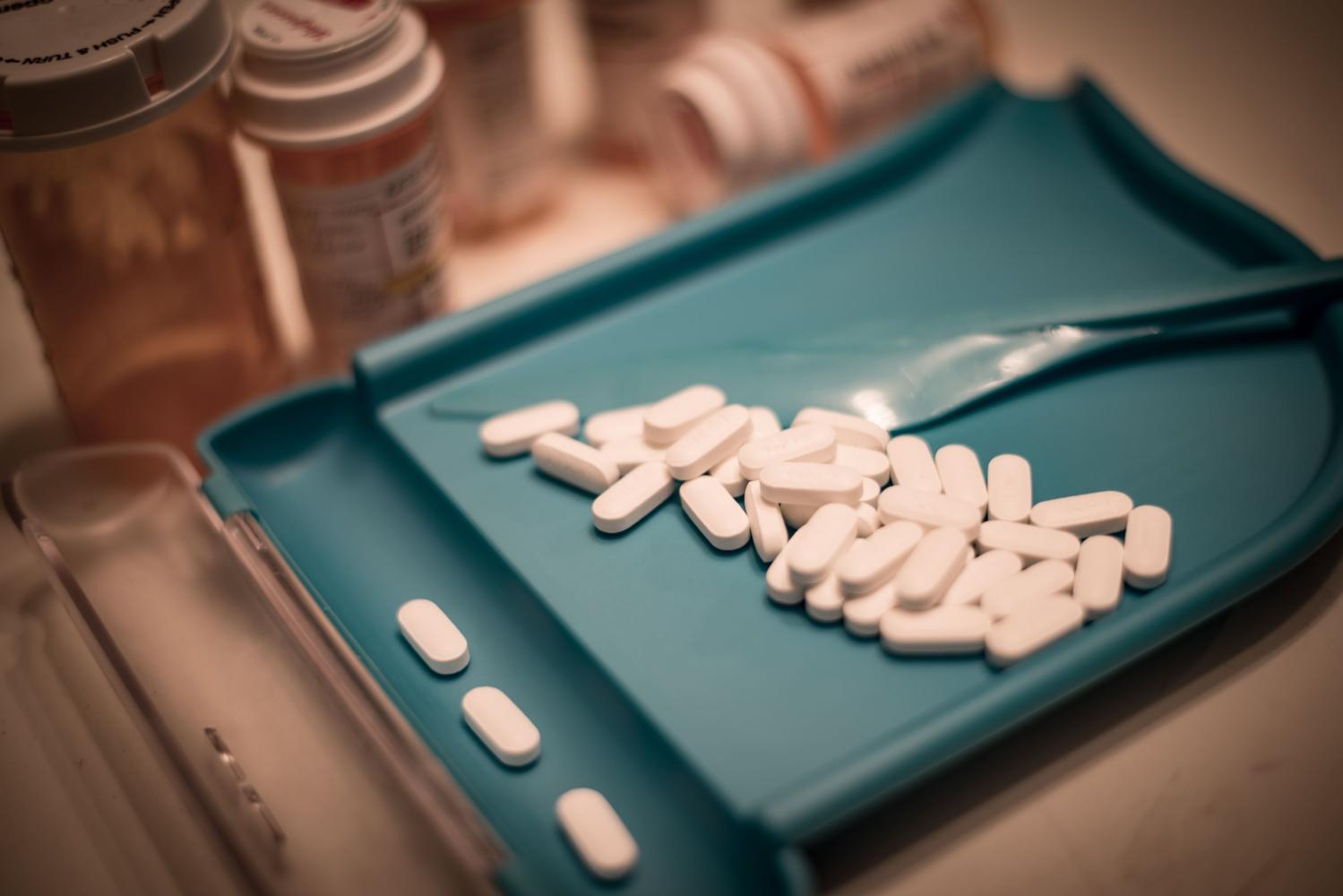
The opioid epidemic is a story of the dangers of commercialized sales and unfettered promotion of highly addictive drugs, causing an intense substance dependence fueling and supplied by the illegal market. What started as the blight of a poorly regulated legal market mutated to fuel the illegal drug market. The authors provide a brief review of how the opioid epidemic has unfolded in the United States and around the world.
Preventing opioid misuse and addiction
New thinking and the latest evidence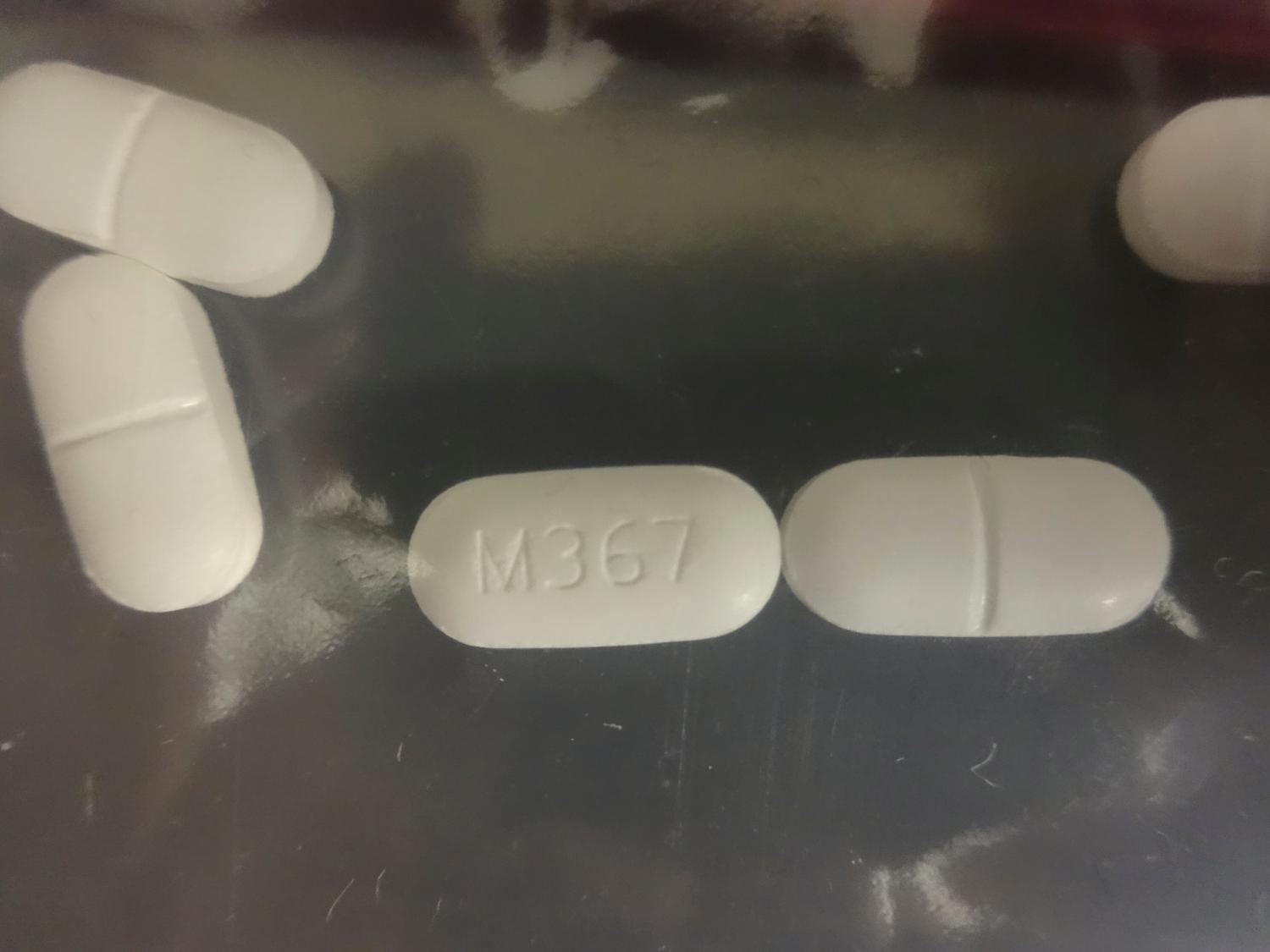
Authors: Jonathan P. Caulkins, Keith Humphreys
Prevention of opioid misuse and addiction encompasses reductions in both demand and availability, argue Jonathan P. Caulkins and Keith Humphreys. Prevention in the era of prescription opioids, heroin, and synthetic opioids faces great challenges, but the fact that traditional prevention tactics did not work particularly well in the 20th century does not mean that prevention as a strategy is doomed.
The role of despair in the opioid crisis
Lessons from the science of well-being
Authors: Carol Graham
Deaths of despair—suicides, drug overdose, and alcohol-related deaths—claimed the lives of over 1 million Americans between 2006-2015. Carol Graham examines the deep roots of despair and drug demand and differences in resilience across population groups.
Reducing barriers and getting creative
10 federal options to increase treatment access for opioid use disorder and reduce fatal overdoses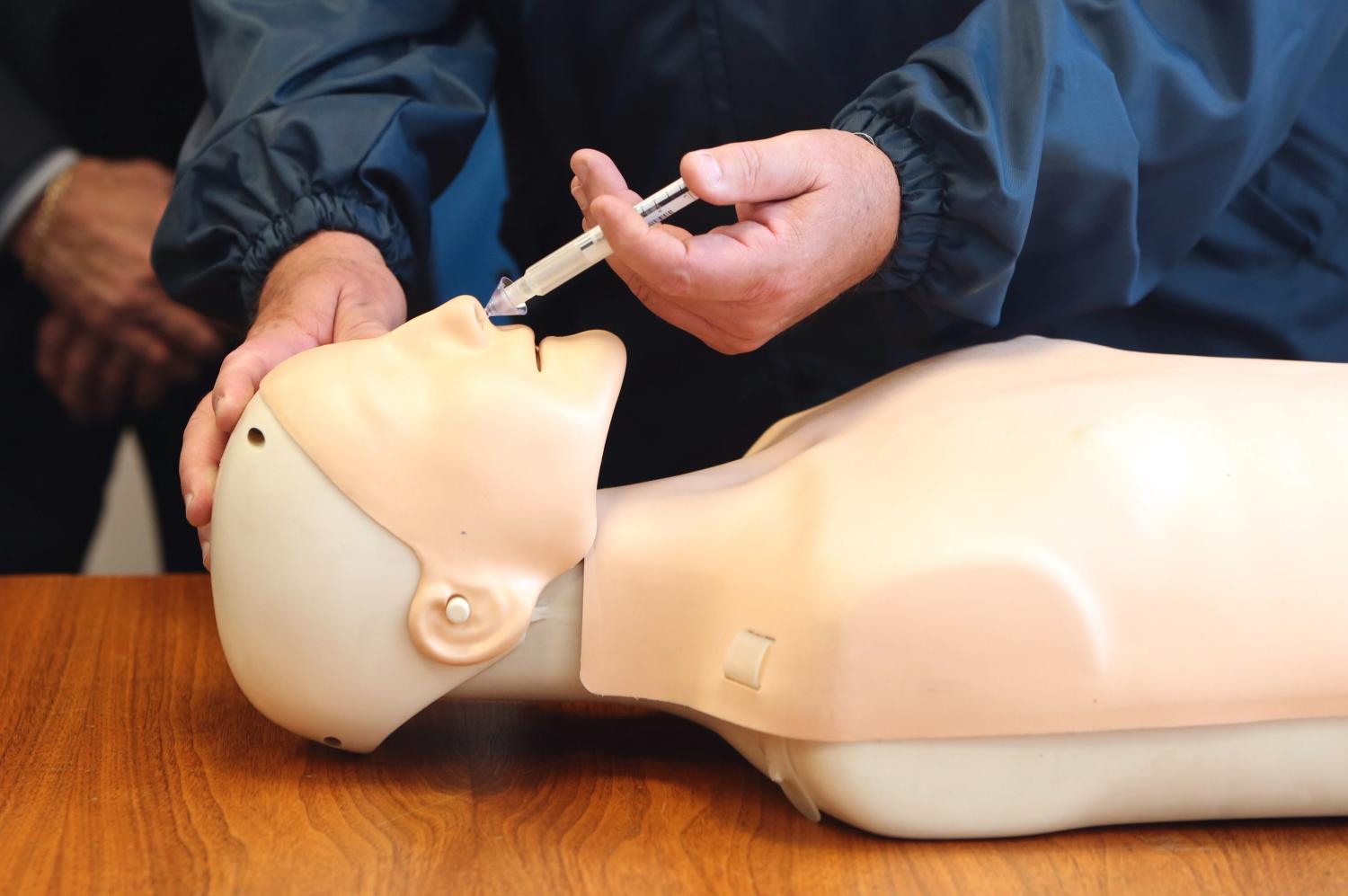
Authors: Beau Kilmer
Effective treatment for those with opioid use disorder is a life-saving measure that, like better prevention, can significantly reduce the broad costs of the opioid crisis. But many obstacles exist to providing effective treatment, as Beau Kilmer explains. Simply increasing funding will not achieve the desired outcome. There are laws, policies, and other barriers that need to be overcome.
State approaches to tackling the opioid crisis through the health care system
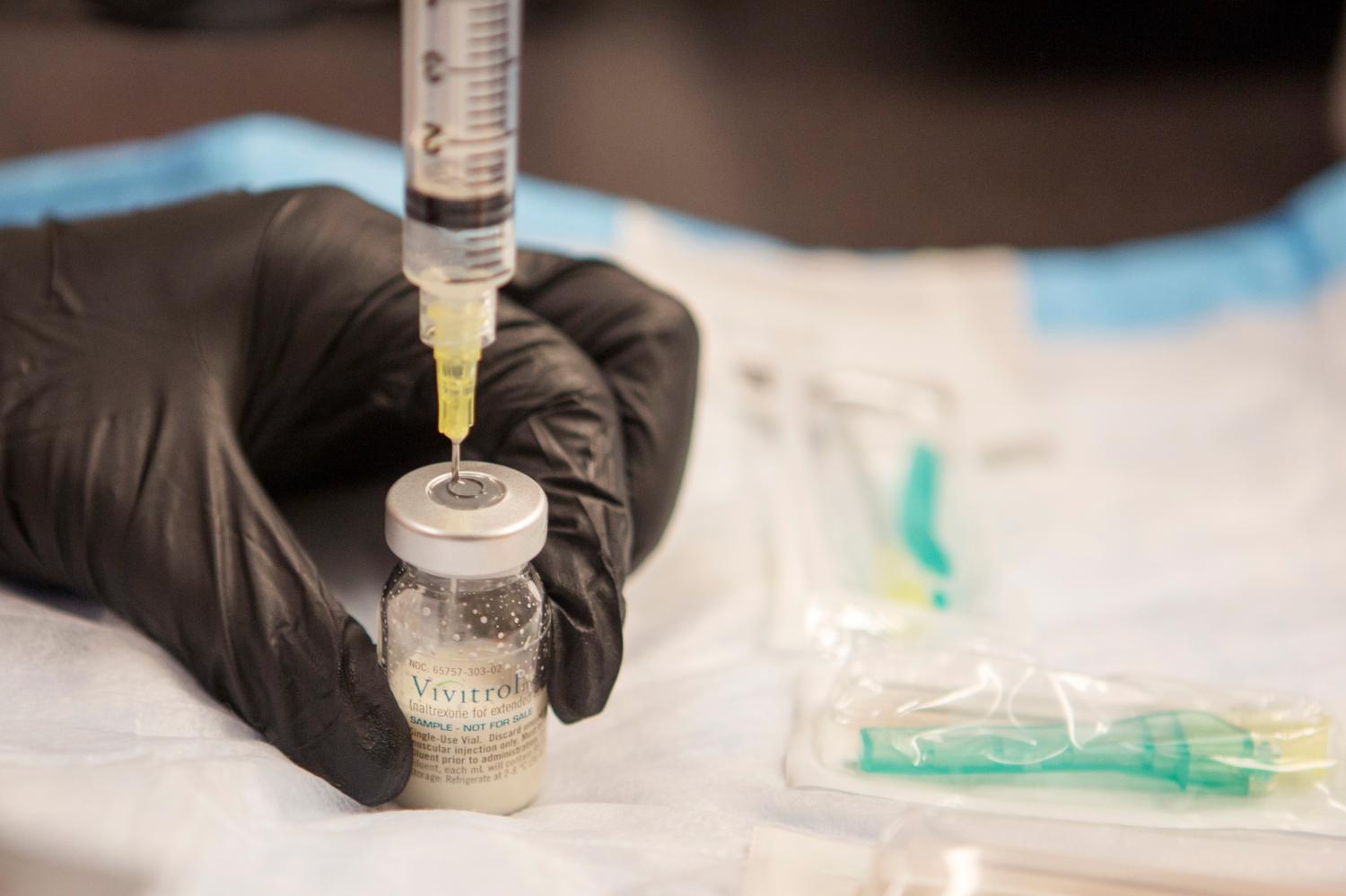
Authors: Rosalie Liccardo Pacula, Bradley D. Stein
States have implemented multiple strategies to enhance the capacity and quality of treatment services for opioid use disorder. Rosalie Liccardo Pacula and Bradley D. Stein highlight three intervention categories: 1) increasing insurance coverage and payment for opioid and other substance-use disorder treatment services; (2) increasing the capacity of treatment services; and (3) improving the quality of treatment.
Enforcement strategies for fentanyl and other synthetic opioids
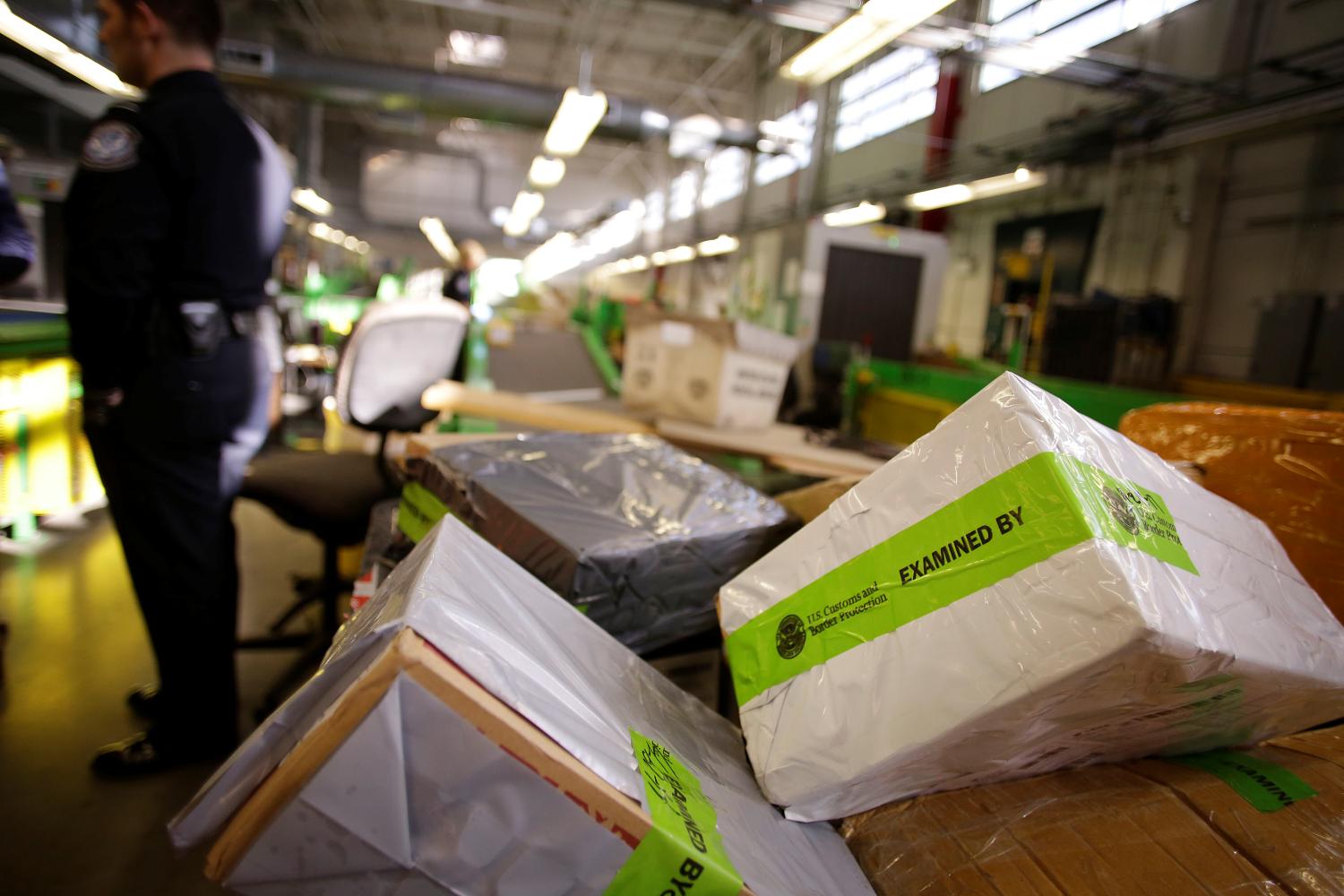
Authors: Bryce Pardo, Peter Reuter
The arrival of fentanyl and other potent synthetic opioids in some parts of the United States amplifies the opioid crisis and challenges law enforcement. Bryce Pardo and Peter Reuter illustrate the need for innovation to address this unique threat.
All in the family
A comprehensive approach to maternal and child health in the opioid crisis
Authors: N. Jia Ahmad, Joshua M. Sharfstein, Paul H. Wise
The nationwide increase in opioid use has resulted in greater opioid use during pregnancy and higher rates of a pediatric withdrawal called neonatal abstinence syndrome (NAS). N. Jia Ahmad, Joshua M. Sharfstein, and Paul H. Wise outline an alternative to current policy responses that are too narrowly focused on NAS, not always grounded in evidence, and too often have a deleterious long-term effect on mothers and children.
Assessing and improving the government’s response to the veterans’ opioid crisis

Authors: John Hudak
Veterans represent a uniquely vulnerable community in the opioid crisis, given their higher likelihood to experience chronic pain. John Hudak examines how Congress and the U.S. Department of Veterans Affairs have sought to help veterans and practitioners deal with the opioid crisis, how successful their efforts have been, and what further policy changes are necessary.
Fentanyl and geopolitics
Controlling opioid supply from China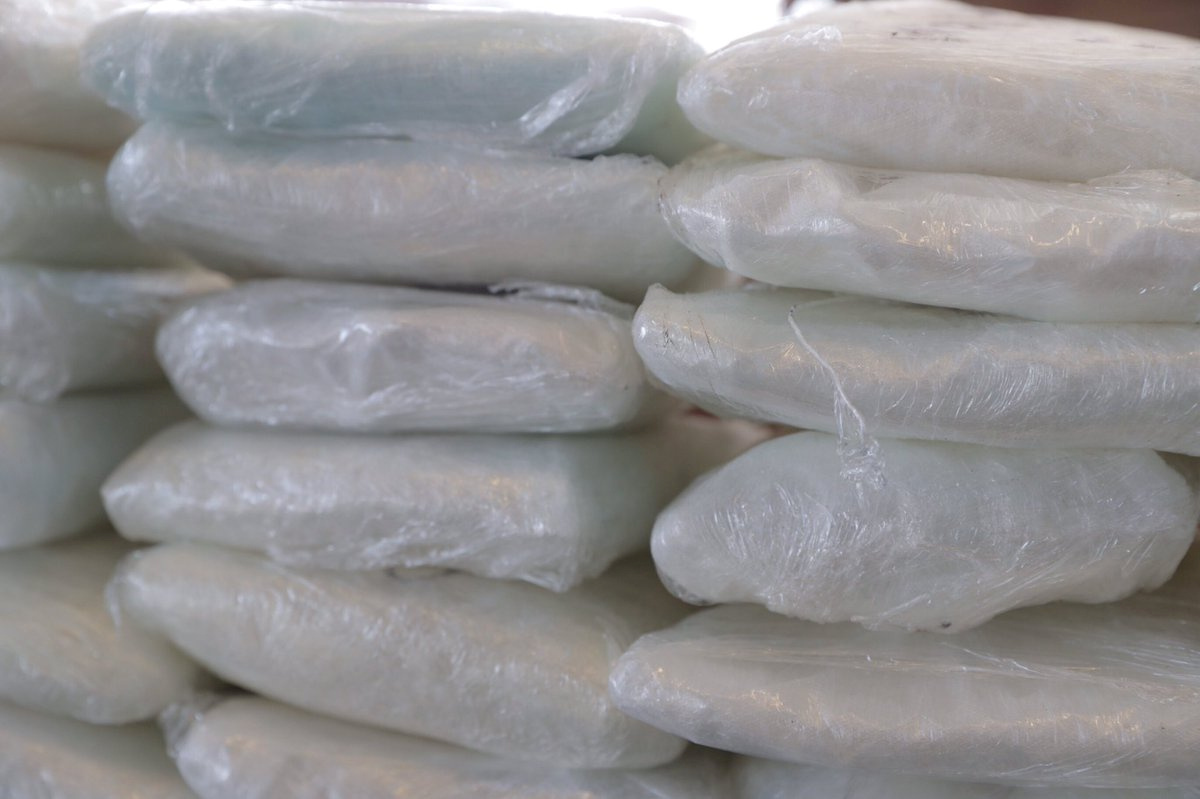
Authors: Vanda Felbab-Brown
Since 2013, China has been the principal source of illicit fentanyl and fentanyl precursor agents for the United States. In April 2019, China prohibited the production, sales, and export of all fentanyl-class drugs without government authorization, but how effectively will China enforce the regulation? Vanda Felbab-Brown attempts to answer this question by drawing on lessons from other regulatory domains.
Fending off fentanyl and hunting down heroin
Controlling opioid supply from Mexico
Authors: Vanda Felbab-Brown
Mexican drug trafficking organizations are key players in the distribution of fentanyl in the United States. Vanda Felbab-Brown assesses options for suppressing the flow of heroin and fentanyl from Mexico.
The Brookings Institution is committed to quality, independence, and impact.
We are supported by a diverse array of funders. In line with our values and policies, each Brookings publication represents the sole views of its author(s).









